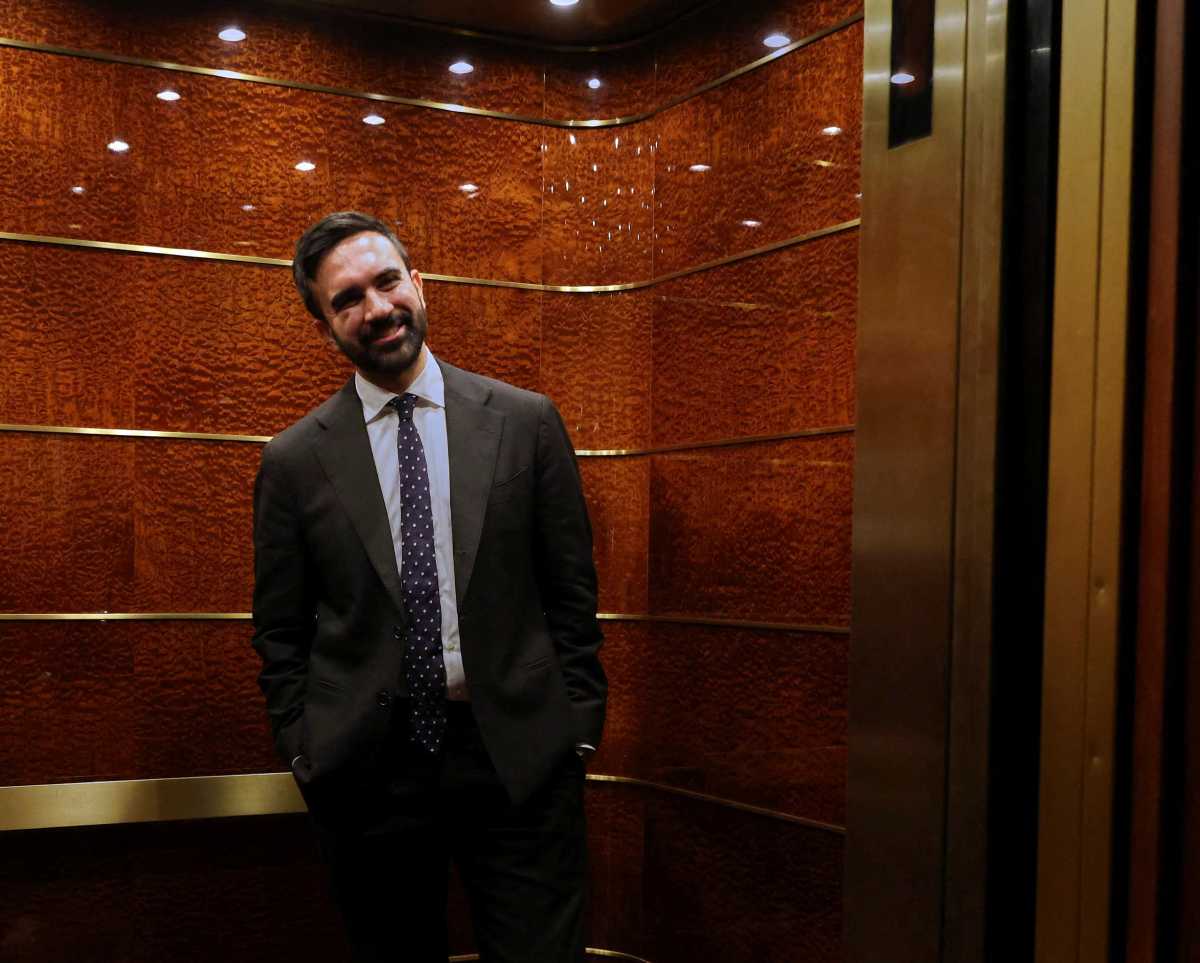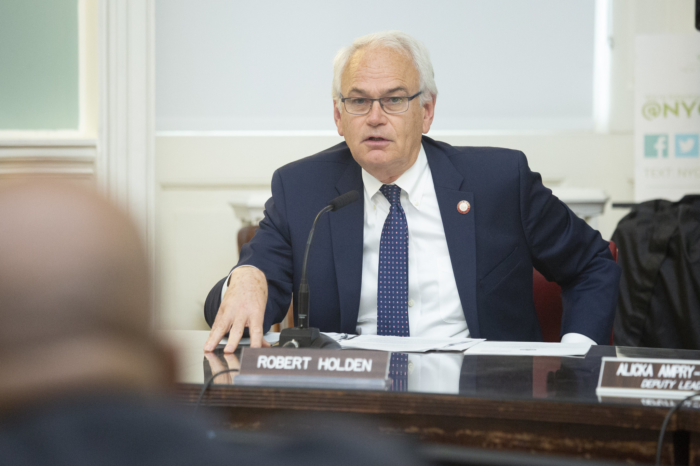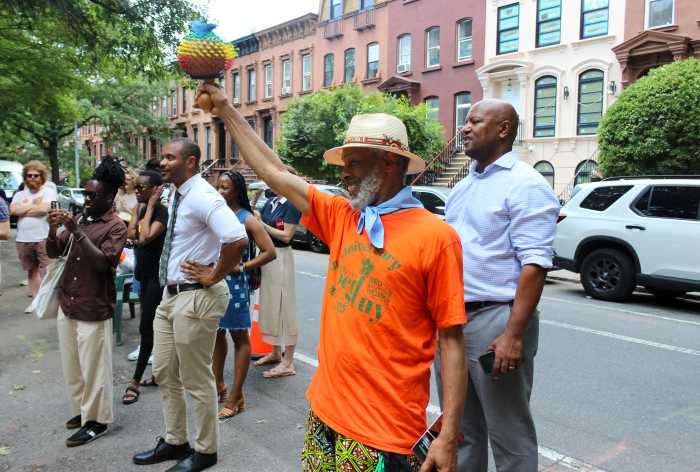BY GERALD BUSBY | As an 80-year-old gay man, I’ve come, perhaps ironically, to regard being gay as I regard being left-handed — a fact of my life with no intrinsic meaning.
The difference between content and context became vivid to me as I emerged from the dark, dismal cloud of despair during the AIDS epidemic. The distinction between fact and meaning seemed to reveal the very nexus of being and knowing. Ontology and epistemology were always my favorite topics when I was a philosophy student at Yale, particularly when I read Kierkegaard’s “Either/Or.” It was a thrill to penetrate the core of who I was, and realize it went back to my childhood as a devout Southern Baptist who wanted to know with certainty that I was “saved.” Much of Sartre’s “Being and Nothingness” deals with our dependence on others to know who we are. Within the arena of ego, existential dependence invariably leads to opposition and judgment of others. The only exit from that cul-de-sac is what Sartre called “transcendence of the ego.”
My boot camp training toward that awareness brought me to the Samuels Clinic at Roosevelt Hospital where most of us patients were gay, and all of us were HIV-positive. My consciousness was a misty bog in which I wandered, writing music only sporadically and isolating myself from friends. The Samuels Clinic had a lively holistic program, and I signed up for every treatment they offered. Healers of all kinds, mainly massage therapists, contributed their services for a month. My first appointment was with Shayma, a petite and vivacious masseuse whose practice included Reiki. From the moment she stepped into the room where I lay on the massage table, the atmosphere changed — the color of the air turned soft yellow. I closed my eyes and lay completely still, but my senses were brightly alert.
During the treatment, most of which Shayma did with her hands barely touching me with a steadily increasing intensity, I saw in my mind’s eye a beautiful young Indian woman with startling black eyes. She was wearing a red and white plaid gingham dress and was standing near a tree with a thick black trunk and effusive foliage. The image persisted throughout the session, and afterwards I told Shayma about it. Without a word, she removed her wallet from her bag and showed me a photograph of that woman wearing that dress.
“She’s my meditation teacher,” Shayma said quietly. “And there was a tree with a thick black trunk and dense green leaves,” I quickly added. “Ah, yes,” Shayma responded, “That’s the symbol of our meditation practice. It’s on our stationery.”
The following week I saw a notice on the bulletin board that a Reiki master was offering, free of charge, a class in the first level of initiation. “Reiki can facilitate conventional medical regimens,” it stated. The course of first-level initiation was four four-hour sessions. I went for it; I wanted to be as healthy as possible to write music. Four others signed up for the course, too.
The Reiki master, a pretty middle-aged woman, spoke gently and guided us into the deepest meditation I’d ever experienced. She also taught us the technique of using the palms of our hands to concentrate energy and direct it to specific areas of our bodies. At that time, I was also learning to write music on my computer. It was as if all the particles of my existence that had disintegrated with drugs and despair were reassembling themselves through Reiki and the computer. It was, for me, actually a change of consciousness — the mist in the bog was starting to clear. Reiki was a new tool in my kit. My hands already possessed a sensitive energy I’d developed as a pianist. It occurred to me that I might use Reiki to enhance sex, now that cocaine was no longer part of my life.
I loved this new connection to energy that brought everything into focus regardless of my understanding. This was a kind of knowing that was eminently practical. Writing music was now more like performing, more like improvising, and the more attention I paid to getting the notes clear and legible on the page, the more freely my music flowed from my mind.
My practice of Reiki was daily, about an hour doing the whole routine, playing in the background a recording Richard Daniels gave me of the Dalai Lama and his entourage performing healing prayer chants at the bedside of Václav Havel (the first President of the Czech Republic, and an internationally prominent peace advocate). He was gravely ill. As the monks, sort of like backup singers for the Dalai Lama, intoned their lowest note — a low A-sharp that slowly rose in pitch about a quarter tone — I scanned my body from my head to my groin with the palms of my hands and fell into a deep peaceful sleep. It reminded me of something Judy Sherman, a brilliant classical music recording engineer, taught me when she produced a CD of my music back in the days of analogue sound. The 60-cycle hum is pervasive in electric current, and you have to be constantly on guard to make sure it doesn’t leak into the track. Judy knew all the studios and concert spaces where this invasive hum was least likely to cause trouble in a recording session. The Tibetan monks’ lowest note was near that 60-cycle hum. Maybe it’s the sound of the universe, I thought, and it’s seeping into my consciousness.
The transformation I experienced as I practiced Reiki was similar to the difference between analogue and digital recording. In its analogue mode, my mind seemed to respond to impulses outside my body; I was the victim of uncontrollable causes. In its digital mode, my mind seemed to connect with something equivalent to the 60-cycle hum inside my body. This all reminded me that perception itself is a creative act, and its specific aesthetic dimensions originate in my mind.
My freedom to be myself wasn’t determined or limited by how masculine or feminine I acted, how high or low my voice was, how I dressed, or what anybody thought or said about me. I am reminded of how Virgil Thomson used to describe gay professional men who were very good at what they did. He called them “perfect queers,” and he always had several in his entourage to do practical things for him. One night during a dinner party at Virgil’s apartment at the Chelsea Hotel, a fuse blew and all the lights suddenly went out. One of those perfect queers sprang into action and perfunctorily restored the electrical current by flipping the right switch. Everyone at the table fell silent and looked at Virgil who said, “There’s nothing like a finger in the right place at the right time.”
Virgil liked to sum things up in a nutshell, and he was really good at it. He liked to nail things with the fewest and simplest words, an influence perhaps that came from working with Gertrude Stein. Like a Zen master, Virgil would sometimes talk to me in koans, paradoxical riddles. An example is one of the most important things he taught me. When I complained about someone not behaving as I thought he should, Virgil said, “It is his privilege to behave any way he wishes.” It took me years to figure out what he meant: The freedom I allow others is exactly the freedom I allow myself. Robert Altman personified that axiom. He thoroughly trusted his own instincts, and he wanted me to trust mine to write the score for “3 Women,” even though I’d never written film music, never orchestrated, and never conducted an orchestra.
But by far the best example of someone trusting his instincts, and letting others be exactly who they were, was my friend Tobias Schneebaum. He was born in Brooklyn in 1922, was gay, a Jew, a painter, and an anthropologist who spent years of his adult life with headhunters and cannibals in Peru and New Guinea. As a child, nothing turned him on as much as the Wild Man of Borneo in a sideshow at Coney Island. When he, as an accomplished painter, was awarded a Fulbright Fellowship, he sought out the Harakmbut tribe in Peru, known to be cannibals. A Catholic missionary advised him to present himself naked at his first meeting with the Harakmbut, to show he had no weapons. They would either kill and eat him or take him into their tribe.
Nobody could resist Toby’s gentle charm. He was naturally the most present person I ever knew, and I would guess that the cannibals responded to that, as did everyone else who met him. Toby was totally willing to adapt to their way of living without judgment. He hunted with them, worshipped their ancestors alongside them, slept with them piled one on top of the other in a treehouse 80 feet above the ground, had sex with them, and ate human flesh after he accompanied them on a raid of another tribe. After seven months with the cannibals, Toby returned to New York and wrote a book called “Keep The River On Your Right” — a phrase the Catholic missionary told Toby to remember as his guide out of the jungle. Toward the end of Toby’s life, a documentary film with the same title was made about him.
When I met Toby in 1970 I instantly adored him and was fascinated by his history. I wrote a concert piece for him, in which he read a story from his book, “Wild Man,” accompanied by a marimba. The audience at Carnegie Hall’s Weill Recital Hall was spellbound as Toby told of being taken into a grass hut used specifically to consecrate newly carved canoes and shields. He was stripped naked by eight Asmat tribesmen who held him horizontally, while each successively sucked every extensive of his body, from his ears to his toes, to absorb his spirit and to give him theirs in return. It was their way of initiating him into their tribe with the deepest respect. He became one of them.
When Charlie Rose interviewed Toby he asked, “You ate human flesh? Why?” “Why not?” Toby responded, then argued that the cannibals were more civilized than we, because everything they did accommodated the primal, practical demands of living in a completely natural, spontaneous, and especially artistic mode of existence. “They were so alive,” Toby kept saying. “I don’t know anyone in New York who comes anywhere near that kind of aliveness except maybe a few actors. I had to totally participate in everything they did with no judgment at all, or they’d never have trusted me, and I wouldn’t be here today.”
Gerald Busby is a longtime resident of the Chelsea Hotel and protégé of Virgil Thomson. He is best known for his film score for Robert Altman’s “3 Women” and his dance score for Paul Taylor’s “Runes.” With Craig Lucas, Busby is currently writing an opera based on “3 Women.” Busby’s life at the Chelsea Hotel is the topic of “The Man on the Fifth Floor,” a documentary film currently in production.



































